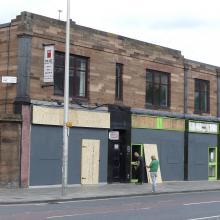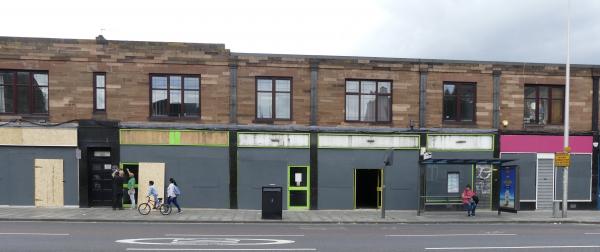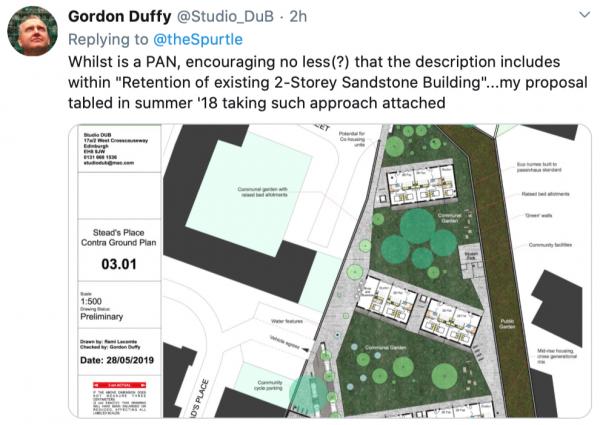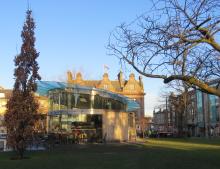
Drum (Steads Place Ltd) and CAMVO 123 Ltd have this week submitted a proposal of application notice for the demolition of industrial units at 106–162 Leith Walk (even numbers).
The intention is to develop ‘residential-led’ uses here, whilst retaining the two-storey sandstone building as ‘Class 1 (shops), Class 2 (financial, professional & other services), Class 3 (food & drink), Class 4 (business), Class 10 (non-residential institutions), Class 11 (assembly & leisure) and sui generis uses’ (20/01447/PAN).
Writing to Council Planners, the developers’ senior consultant notes, ‘To comply with planning requirements, under normal circumstances, our intention would be to hold a public drop-in event to allow stakeholders to view and discuss the proposals with the project team prior to the submission of any planning application.
‘However, given the current restrictions on movement and public assembly caused by Covid-19, we await guidance and instruction from both City of Edinburgh Council and the Scottish Government as to the most effective means of delivering public consultation activity in the coming months.’
The consultant then goes on to suggest potential ‘digital solutions’ such as a dedicated website with webinars and feedback facilities, a Facebook page, and online briefings for relevant community councils, ward councillors, MSPs, and MP.
Clearly, there is too little detail for us to comment on the plans at this stage, although the signs are that they represent a partial but significant step towards the aspirations of the Save Leith Walk campaigners.

At one level, Spurtle welcomes Drum’s effort to continue with business despite difficult times. But, the challenge of conducting digital consultations will be considerable, and we wonder how effectively it can embrace those for whom online solutions are impractical, unavailable or not understood. The nuts and bolts of planning democracy are important, even in a crisis.
We are in uncharted waters, and as one observer asked wryly this morning, ‘If this case involves only virtual consultation, will the development – if approved – only be virtually implemented?’
----------







